Three key lessons on the 50th anniversary of the gold standard's demise
Since 1973, the global monetary system has been backed by the dollar, not by gold. John Stepek looks at whether that will last and what may be next.
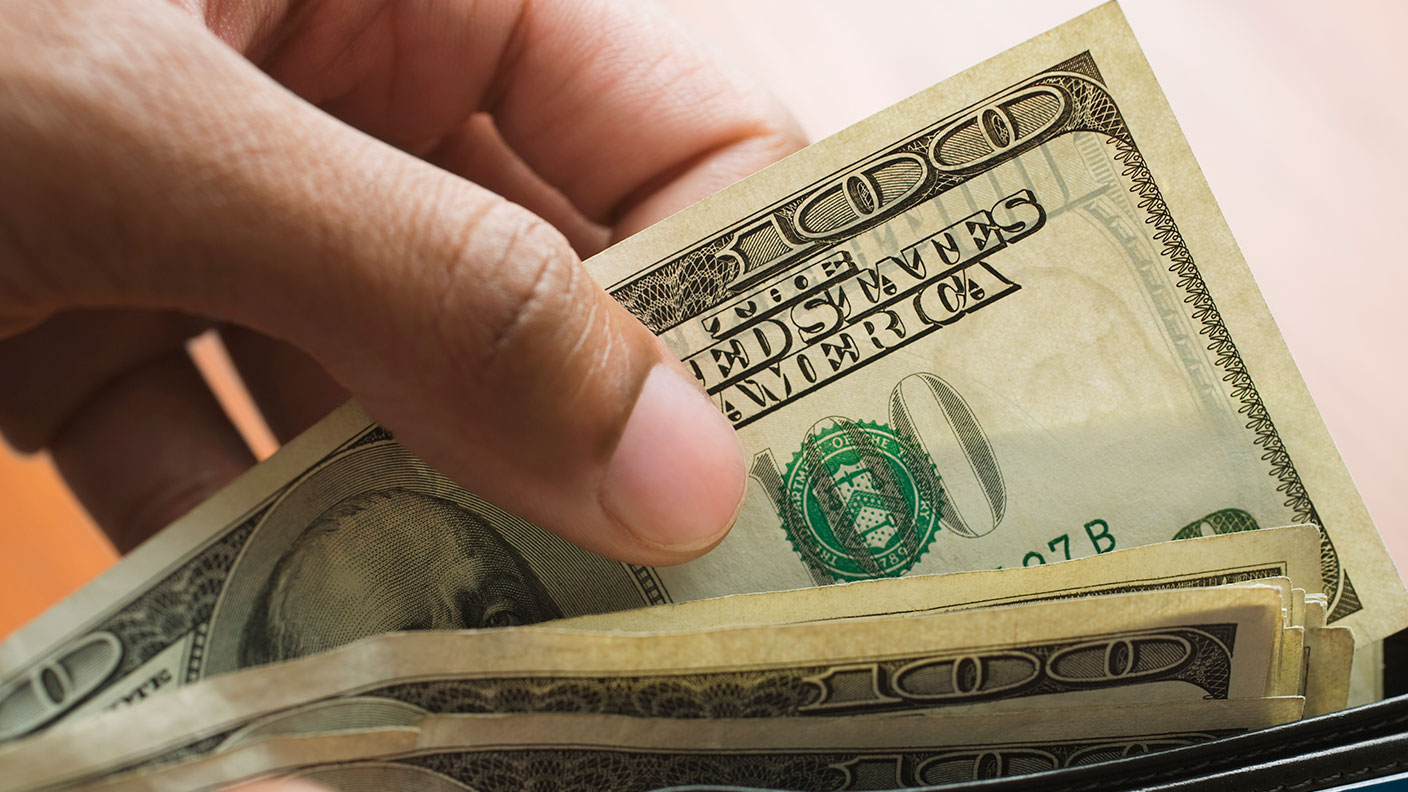

On August 15th, 1971, Richard Nixon took the US off the gold standard.
It didn't quite all happen at once. But by 1973, the global monetary system was backed, not by gold, but by the US dollar.
That's the system we've had ever since.
MoneyWeek
Subscribe to MoneyWeek today and get your first six magazine issues absolutely FREE

Sign up to Money Morning
Don't miss the latest investment and personal finances news, market analysis, plus money-saving tips with our free twice-daily newsletter
Don't miss the latest investment and personal finances news, market analysis, plus money-saving tips with our free twice-daily newsletter
So what happened? And what might be next?
Why Bretton Woods was always a bit of a bodge job
Just before the end of World War II (in July 1944 to be more precise), Allied policymakers – notably John Maynard Keynes, working on the behalf of the UK Treasury – met in Bretton Woods in the US to map out a new monetary system for the post-war world.
To cut a very long story short, the outcome was that the US dollar would be tied to gold, and everything else would be tied to the US dollar. (It also established the International Monetary Fund and the World Bank).
The dollar would be fixed to gold at $35 an ounce. (Only central banks would be buying or selling – US private citizens had been banned from owning gold bullion since the 1930s, a right they only gained back in 1974).
Other Allied currencies would be fixed against the dollar, although they could be adjusted within a 1% band. (And there could also be "one-off" devaluations if considered necessary).
The full system actually became operational from 1958. (Up until then, countries had maintained exchange controls). So the reality is that Bretton Woods in its fully-fledged form didn't last for as long as it might look.
In fact, it had problems almost immediately, and by 1968, it was on the rocks.
Again, to oversimplify things, the US – which was in many ways, the last man standing after the war – had started out with an overvalued currency relative to the rest of the world.
This was partly deliberate in order to help rebuild Europe. And it was fine, because the US held about three-quarters of the world's gold reserves, so there was plenty of backing for those dollars and plenty of demand for dollars to swap for US goods and services.
But as the world recovered, the US became less dominant in terms of global GDP and far less competitive in terms of exports. So US dollars became less important to other countries at a time when more and more of them were leaving US shores in the form of import demand.
Thus converting US dollars to gold became "more desirable", as the Federal Reserve History website puts it. As early as 1960, there was a run on the London gold market which led to the leading central banks establishing the London Gold Pool in 1961. Essentially this was a price-fixing mechanism whereby central banks would sell gold into the open market to keep it at $35 an ounce.
The Fed also had to establish currency swap lines in 1962 with foreign central banks in order to shield its gold reserves while maintaining the fixed exchange rate system.
Meanwhile, under Lyndon Johnson in 1964, the US embraced a "full employment" agenda. That meant running much looser, inflationary monetary policy. The Vietnam war also meant a lot of public spending. And all of that meant a larger global supply of dollars.
The threat of a run on gold was enough to delay Bonanza
By 1965 the volume of dollars held by foreign institutions which could conceivably swap them for US gold reserves, outstripped the actual amount of gold the US had.
Hence, by 1968, as Adrian Ash of BullionVault puts it, the gold standard system was "divorced from reality but crashing into it, upsetting everyone."
By 1971, the US was facing a run on its gold reserves (led by France, though Britain was in the queue too), alongside rising inflation and weak growth. Nixon also wanted to get re-relected in 1972. So he had to do something.
So, using the age-old scapegoat of "international money speculators", he told the American people in a televised address on the Sunday night – delaying that night's repeat of Bonanza – that he was "temporarily" suspending the convertibility of gold.
He also instituted price and wage controls, among other things. Indeed, as Ash points out, the word "gold" is mentioned only once in his 18-minute address. But that's the bit we all remember today and it's the bit that had the most impact in the long run.
The US stock market was actually very pleased with the move. It went up 3% on Monday. That might sound surprising - it was quite a radical decision - but no gold standard meant looser monetary policy, and we know that markets are fond of loose monetary policy.
There was a brief attempt in late 1971 to re-fix the dollar to $38 per ounce of gold. In other words, the severing of the link was seen as a way to devalue the dollar to a more manageable level, rather than to end Bretton Woods altogether.
However, by February 1973, the US had devalued the dollar again to $42.22, and the gold price was already fetching much more than that in the open market. In March 1973, the fixed exchange-rate system was abandoned, and gold was no longer an official part of the global monetary system.
Three big picture lessons from the end of the gold standard
So what should investors take from this?
There's so much we could talk about. But I think today, rather than delve into the mechanics of inflation or what the end of the gold standard meant for markets, I just want to make three very high level points.
One key point that I've also discussed this in MoneyWeek magazine this week is that when a monetary system comes up against reality, reality wins.
A perceived benefit of the gold standard is that it imposes discipline. But when that discipline gets too much, the gold standard gets dumped. (And this is hardly the first time it had happened).
It's a bit like independent central banking. Central banks are independent right up until the point where they do things that governments don't want them to do.
So when push comes to shove, the rules change. You can't rely on the old certainties.
Secondly, the long term is a series of short terms. Nixon did what he did for the usual reasons that politicians do things: he wanted to get re-elected. This speech and the change it made had such a geopolitical impact that we're still talking about today, but Nixon's eyes weren't on 2021, they were on 1972.
And while you might not have entirely followed the summary of Bretton Woods outlined above, I hope that one thing is clear – it never really worked smoothly at any point. It might well have been the best solution in the circumstances, but as things changed and the world recovered, it became inadequate to our needs.
The good thing about this for investors is that, while the tipping point is always going to be hard to pinpoint (and might never be possible to pinpoint, even years after it arrived), the direction of travel is often very obvious, so you can at least prepare for it if you think ahead.
Thirdly, and a continuation of that point – we talk about monetary eras, and I think that can be a useful thing to do. The pound was the global reserve currency, then World War I came along, then we had a transitional period, and the US dollar became dominant after World War II. It's clear that reserve currency status is linked to economic and military might.
However, this can give us a false impression of periods of stasis punctuated by epochal shifts. Whereas the reality is that the monetary system is evolving all the time.
As an example, I'm reading Russell Napier's new book, The Asian Financial Crisis (it's excellent – inevitably – and if you are happy to embark on a chewy financial topic with an extremely articulate and likeable guide, then you should rush out and buy it. Even if you don't want to get into the guts of the crisis, you should definitely listen to Merryn's recent podcast with Russell).
But one thing that's very clear is that the Asian crisis represented a major shift in the running of the global monetary system on at least as big a scale as the Nixon shock.
What's next? Watch the yuan plus crypto
Where are we headed to now? I think I'll have to save that topic for another day. But the obvious contenders to play a larger role in the global monetary architecture are China's yuan and all manner of digital currencies, from decentralised crypto to central bank-backed ones (which are the absolute polar opposite to one another and which also promise to be a raging battle ground in the not-very-distant future).
More on all that in future Money Mornings. Meanwhile, all the upheaval is one reason why, for all that it's an endlessly frustrating asset, I still think it makes sense to hold some gold in your portfolio. It might not be money anymore, but there's a reason central banks still hang on to a lot of it in their vaults.
Get the latest financial news, insights and expert analysis from our award-winning MoneyWeek team, to help you understand what really matters when it comes to your finances.
John Stepek is a senior reporter at Bloomberg News and a former editor of MoneyWeek magazine. He graduated from Strathclyde University with a degree in psychology in 1996 and has always been fascinated by the gap between the way the market works in theory and the way it works in practice, and by how our deep-rooted instincts work against our best interests as investors.
He started out in journalism by writing articles about the specific business challenges facing family firms. In 2003, he took a job on the finance desk of Teletext, where he spent two years covering the markets and breaking financial news.
His work has been published in Families in Business, Shares magazine, Spear's Magazine, The Sunday Times, and The Spectator among others. He has also appeared as an expert commentator on BBC Radio 4's Today programme, BBC Radio Scotland, Newsnight, Daily Politics and Bloomberg. His first book, on contrarian investing, The Sceptical Investor, was released in March 2019. You can follow John on Twitter at @john_stepek.
-
 How much would it cost you to buy a house in Great Britain's happiest places?
How much would it cost you to buy a house in Great Britain's happiest places?Average asking prices for a property in the happiest place in Britain are below the national average
-
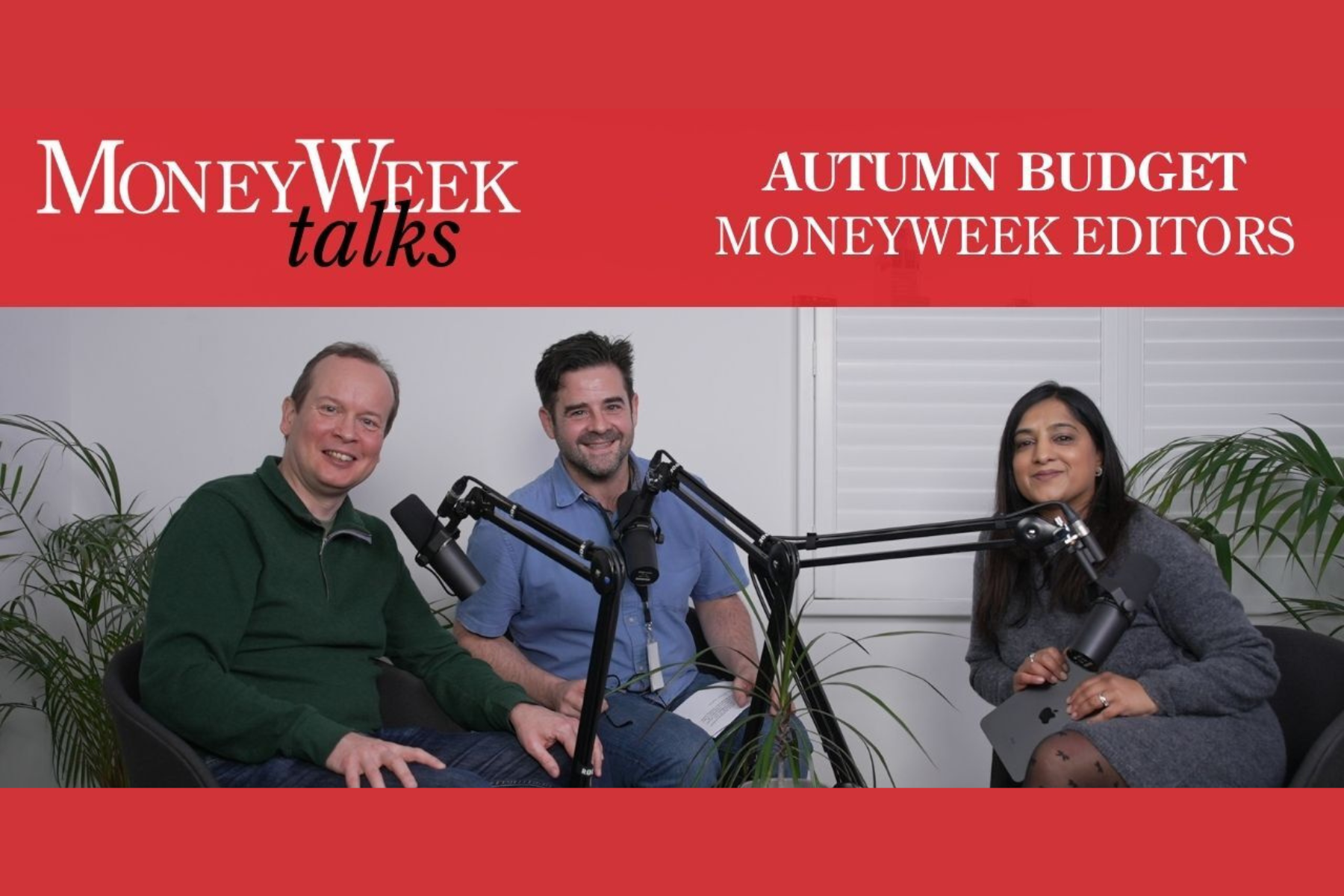 How the Budget will hurt you: MoneyWeek Talks
How the Budget will hurt you: MoneyWeek TalksPodcast An Autumn budget podcast special episode, featuring MoneyWeek editors Kalpana Fitzpatrick, Andrew van Sickle and Cris Heaton.
-
 'Governments are launching an assault on the independence of central banks'
'Governments are launching an assault on the independence of central banks'Opinion Say goodbye to the era of central bank orthodoxy and hello to the new era of central bank dependency, says Jeremy McKeown
-
 What's behind the big shift in Japanese government bonds?
What's behind the big shift in Japanese government bonds?Rising long-term Japanese government bond yields point to growing nervousness about the future – and not just inflation
-
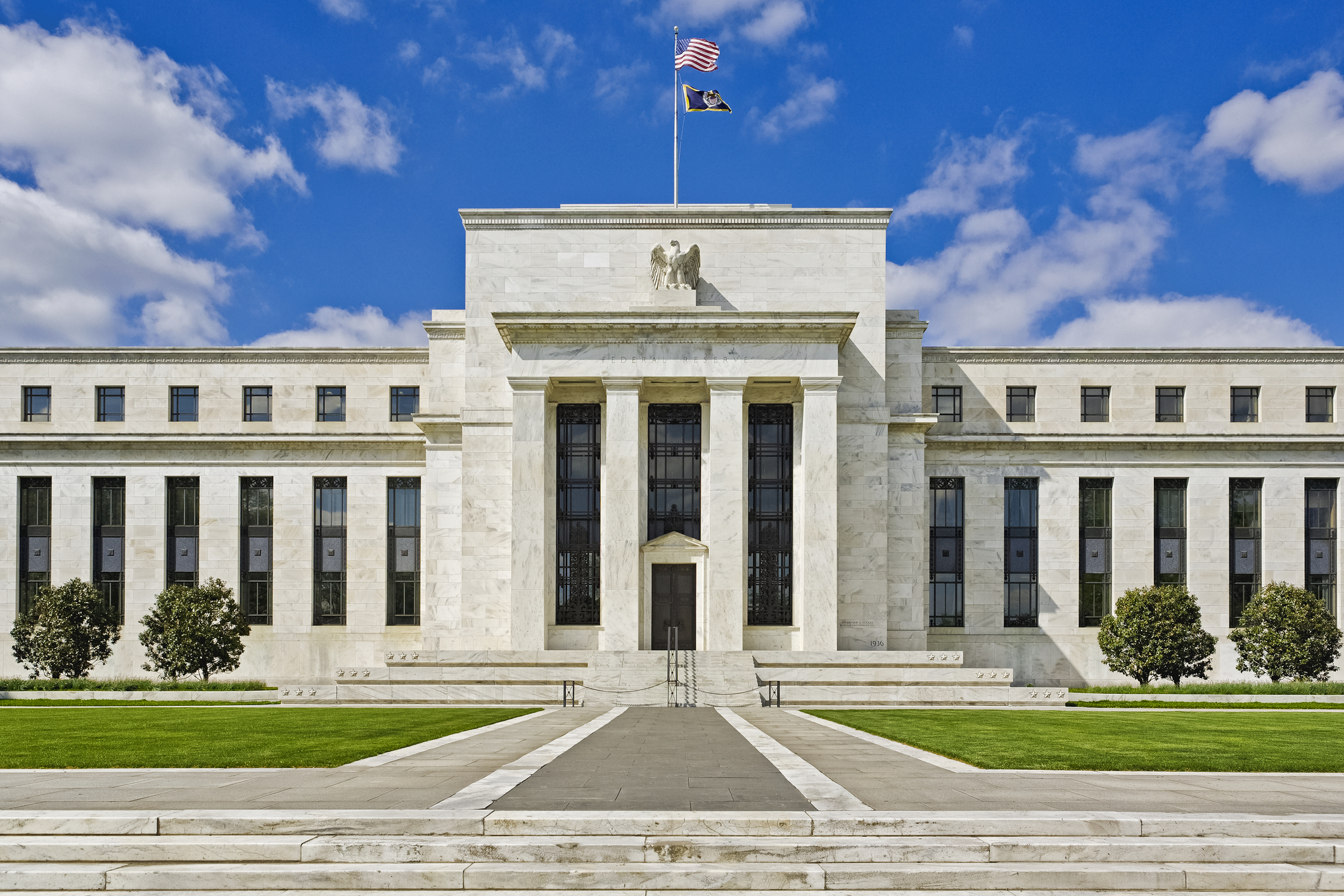 Do we need central banks, or is it time to privatise money?
Do we need central banks, or is it time to privatise money?Analysis Free banking is one alternative to central banks, but would switching to a radical new system be worth the risk?
-
 Will turmoil in the Middle East trigger inflation?
Will turmoil in the Middle East trigger inflation?The risk of an escalating Middle East crisis continues to rise. Markets appear to be dismissing the prospect. Here's how investors can protect themselves.
-
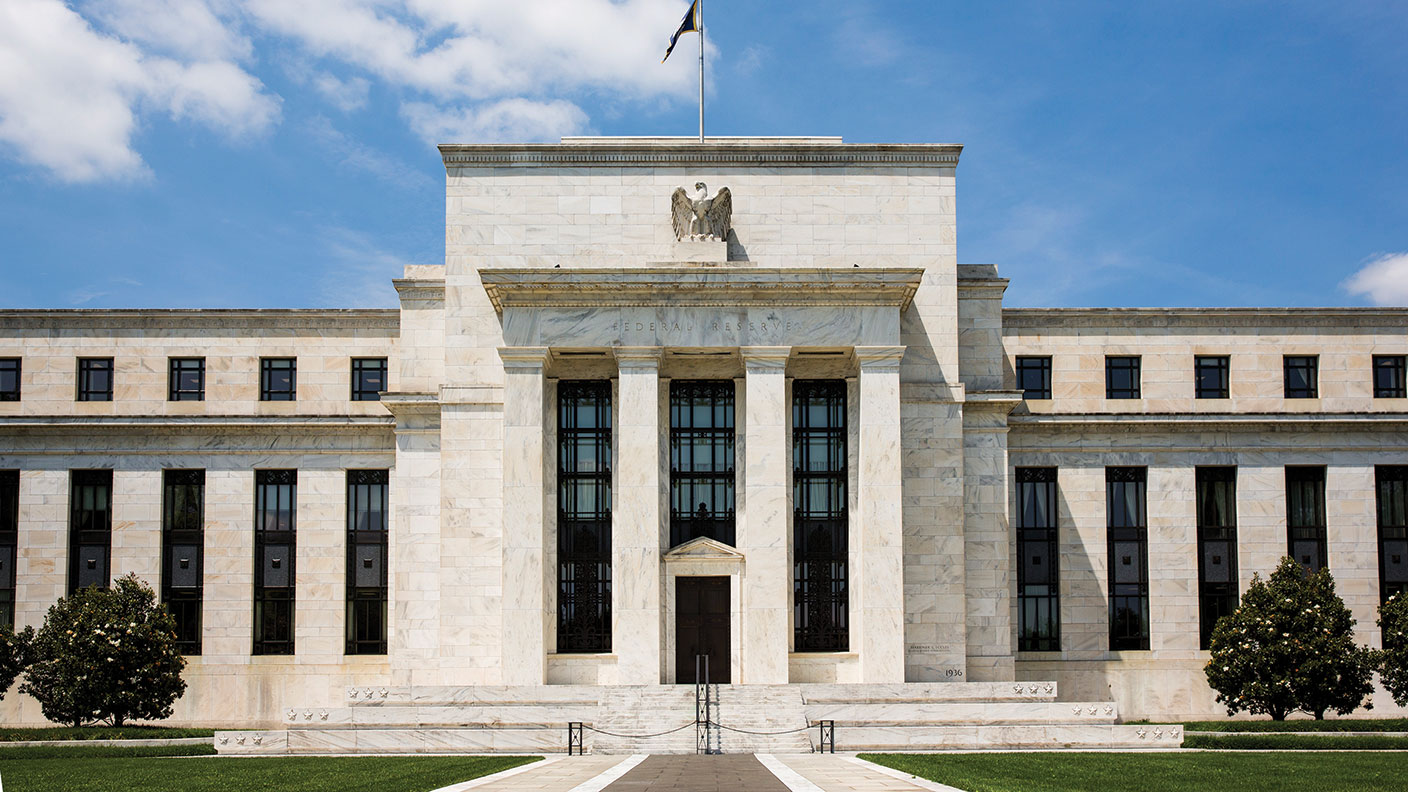 Federal Reserve cuts US interest rates for the first time in more than four years
Federal Reserve cuts US interest rates for the first time in more than four yearsPolicymakers at the US central bank also suggested rates would be cut further before the year is out
-
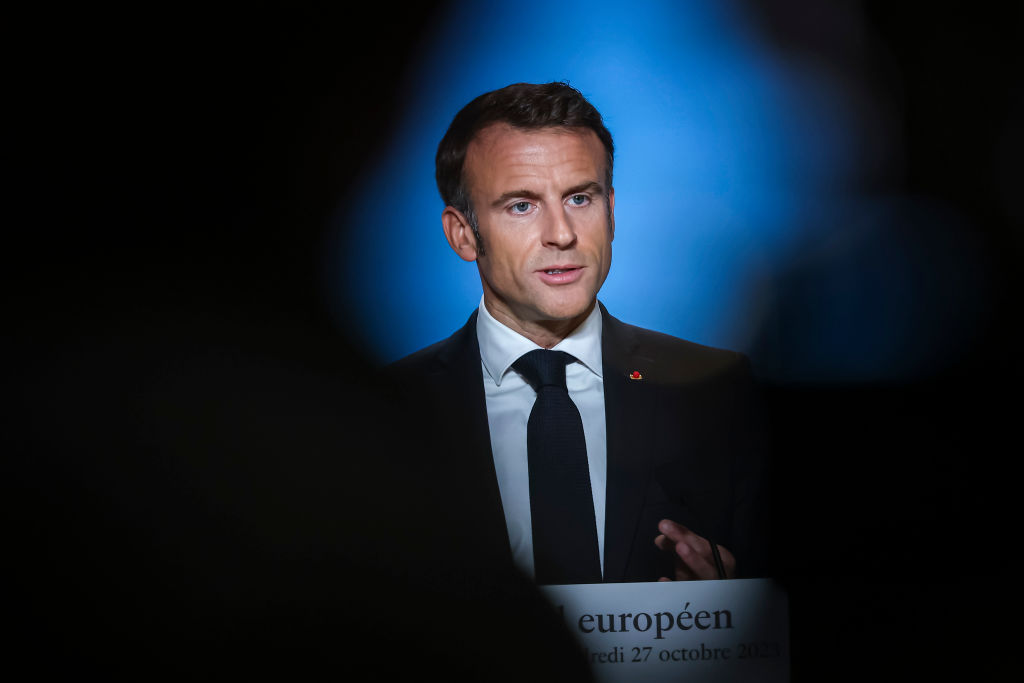 The French economy's Macron bubble is bursting
The French economy's Macron bubble is burstingCheap debt and a luxury boom have flattered the French economy. That streak of luck is running out.
-
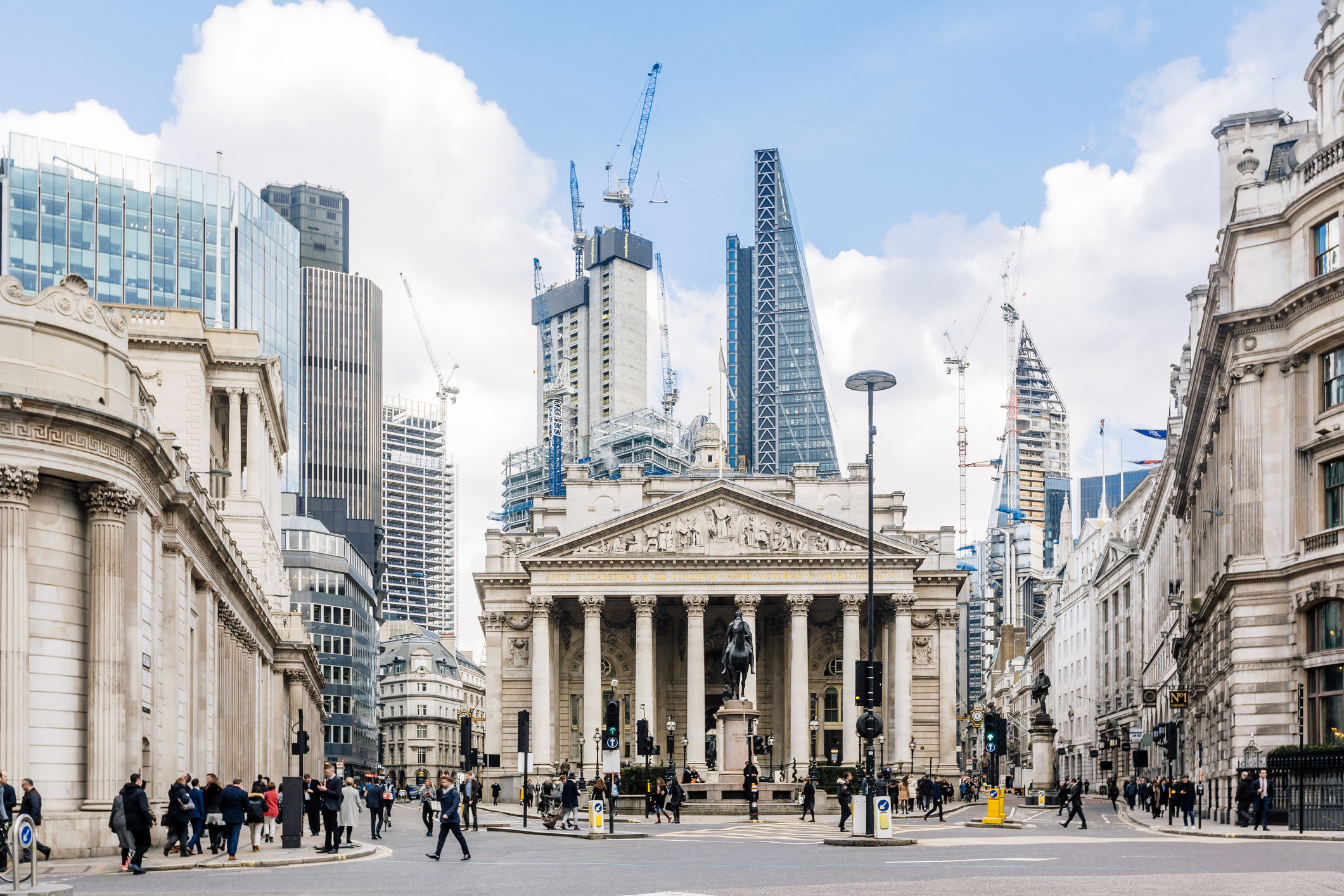 The Bank of England can’t afford to hike interest rates again
The Bank of England can’t afford to hike interest rates againWith inflation falling, the cost of borrowing rising and the economy heading into an election year, the Bank of England can’t afford to increase interest rates again.
-
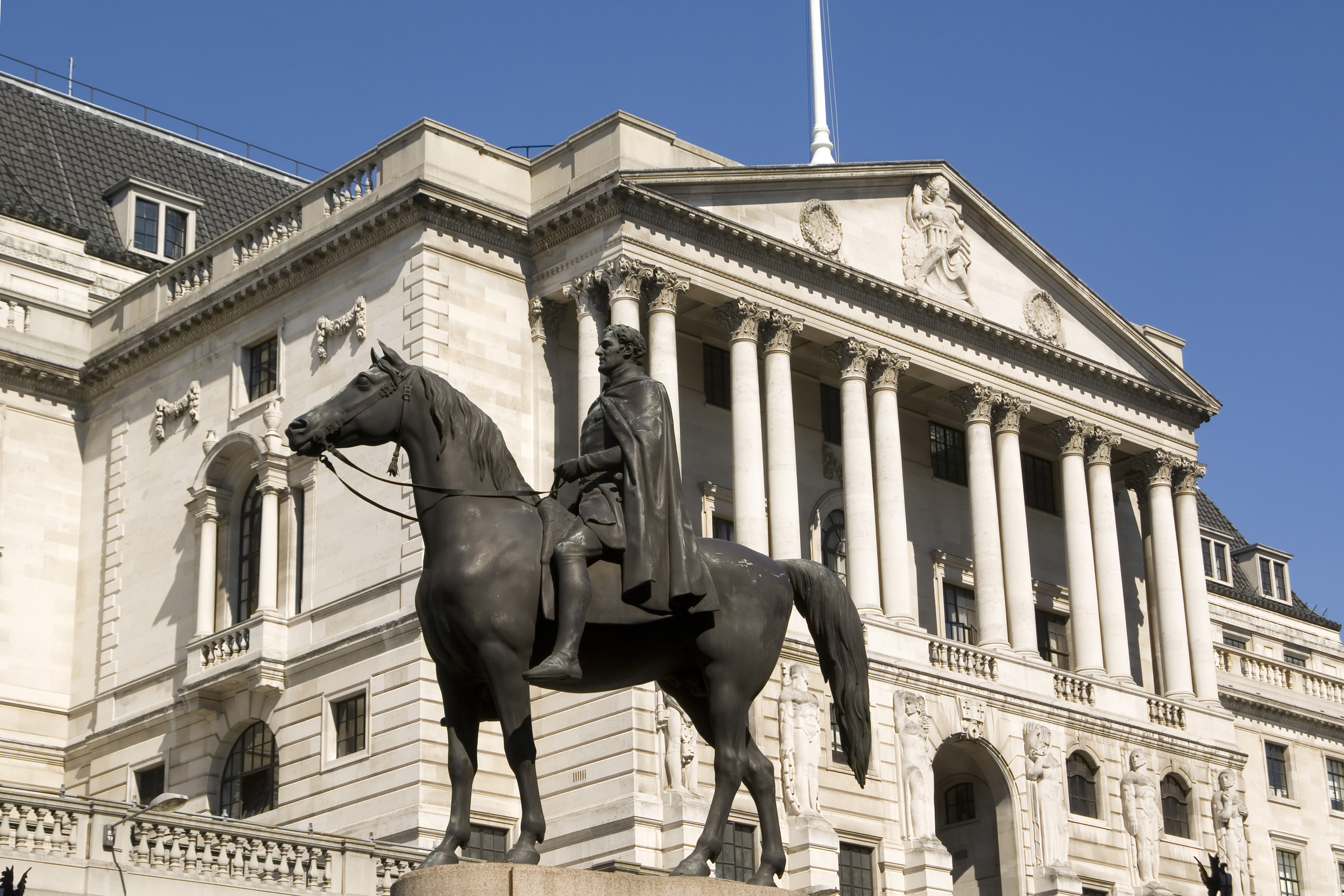 Interest rates held at 5.25% again
Interest rates held at 5.25% againThe Bank of England has kept rates at 5.25% again, in a widely anticipated move. We look at what it means for your money - and what the Bank’s next move could be
